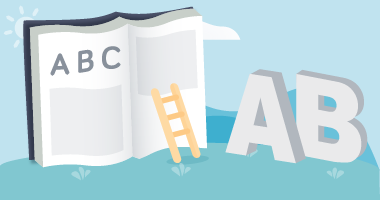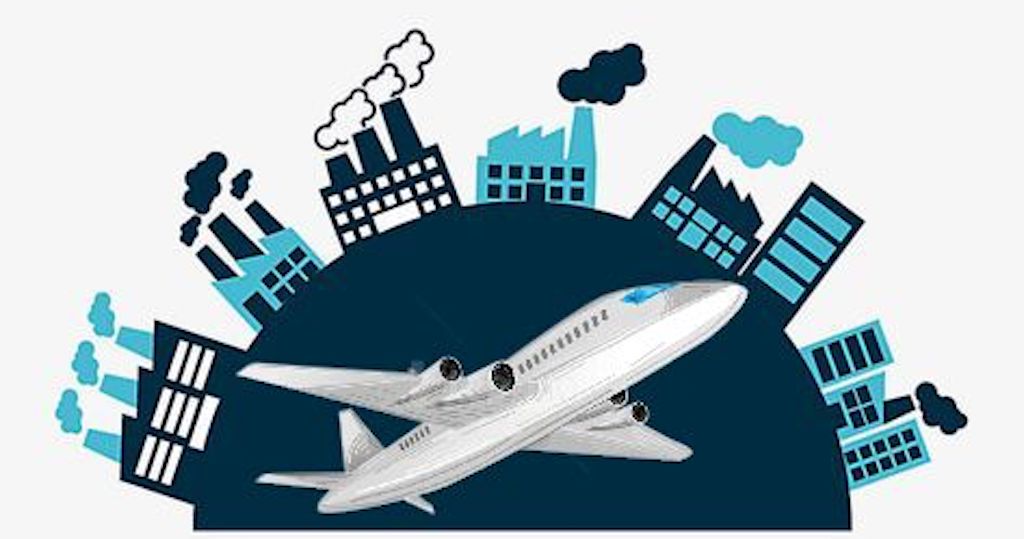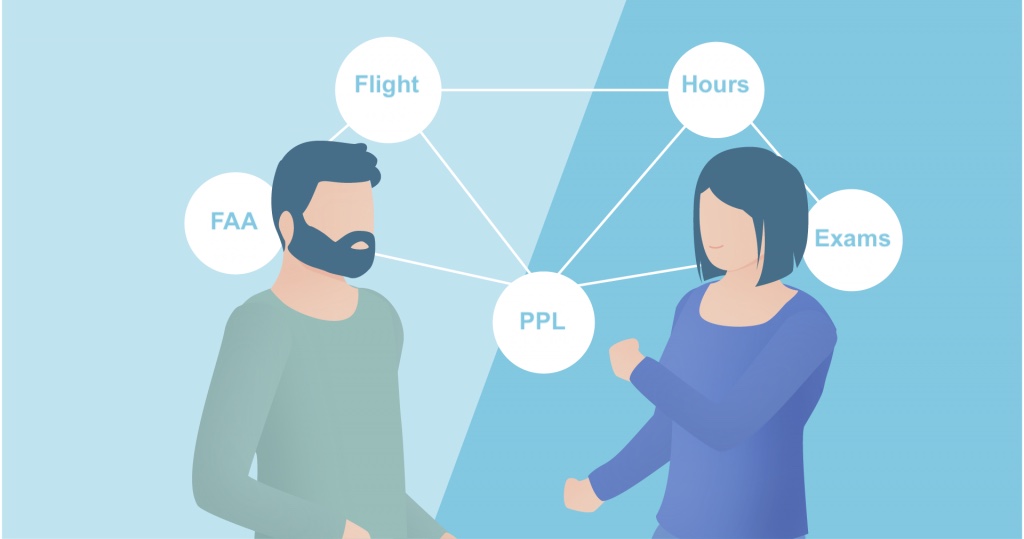TRAINING
Types of Pilot Training
Whether you’re interested in flying professionally or as a hobby, you’ve come to the right place. Choosing the right flight school can be daunting, especially if you’re new to aviation. Before you randomly select your flight school based loosely on their yelp reviews, it’s smart to understand the type of flight training available to you. Aviation is expensive and time intensive, and you’re far better off attending a training center that meshes well with your learning style, so you don’t end up wasting tens of thousands of dollars. To put things simply, there are two primary types of flight schools, defined by their FAA designations: Part 141 and Part 61. Practically speaking, Part 141 can further be divided into two of its own categories, but each “Part” refers to the legal obligations of a specific school, and how the FAA will regulate that school. Separating flight schools into three categories within two differently regulated models is advantageous to you as the student. These training systems can be very different, and cater to different goals and personality types.

Curriculum Based
Part 141
Part 141 schools are regulated and audited by the FAA. These schools create a precise curriculum which is approved by the FAA and is utilized by all their instructors to ensure standardization across all students and instructors. Generally speaking, you can walk into any part 141 school across the United States, and receive a familiar and similar training experience. The instructors will teach the same stick-and-rudder methods, the pricing will be predictable, the aircraft will usually be well maintained. You may be thinking: “Great, who wouldn’t want a school held accountable to the FAA with a standardized curriculum?” For many students this is indeed the perfect situation. But for personalities who don’t blend well with this style of teaching, Part 141 schools can be a costly mistake.

Pilot Factories
Part 141
If Part 141 schools aren’t for everybody, who are they best suited for? Fantastic question. Part 141 schools cater to young men and women who have little or no experience in aviation, want to build a career as a pilot, and are used to classroom style teaching. Consequently, most Part 141 schools can be found filled with college students who are working hard to launch their careers as future commercial pilots. This training is usually executed at blistering speeds and while it produces pilots quickly, it often leads to gaps in knowledge and skill. Many larger Part 141 schools are referred to as “Pilot Factories” due to these characteristics. If you can handle high stress conditions, learn well in classroom settings, have an abundance of self-discipline, and want to quickly launch your career as a commercial pilot, part 141 schools may be a fantastic option.

Student Based
Part 61
Do you prefer to learn at your own pace? Do you learn best with a hands-on approach? Do you excel in an environment that enables you to succeed despite your personal limitations? Part 61 schools are usually the opposite of Part 141 schools. Part 61 schools prefer to focus on each individual student, allowing you to learn at your own pace and allowing your instructor to create a training approach that is catered to your learning style. Who learns well at Part 61 schools? Well, generally speaking, everyone learns well at a Part 61 school. Due to the custom nature of the Part 61 environment, any student, regardless of their goals or learning style, can flourish at a Part 61 school.
